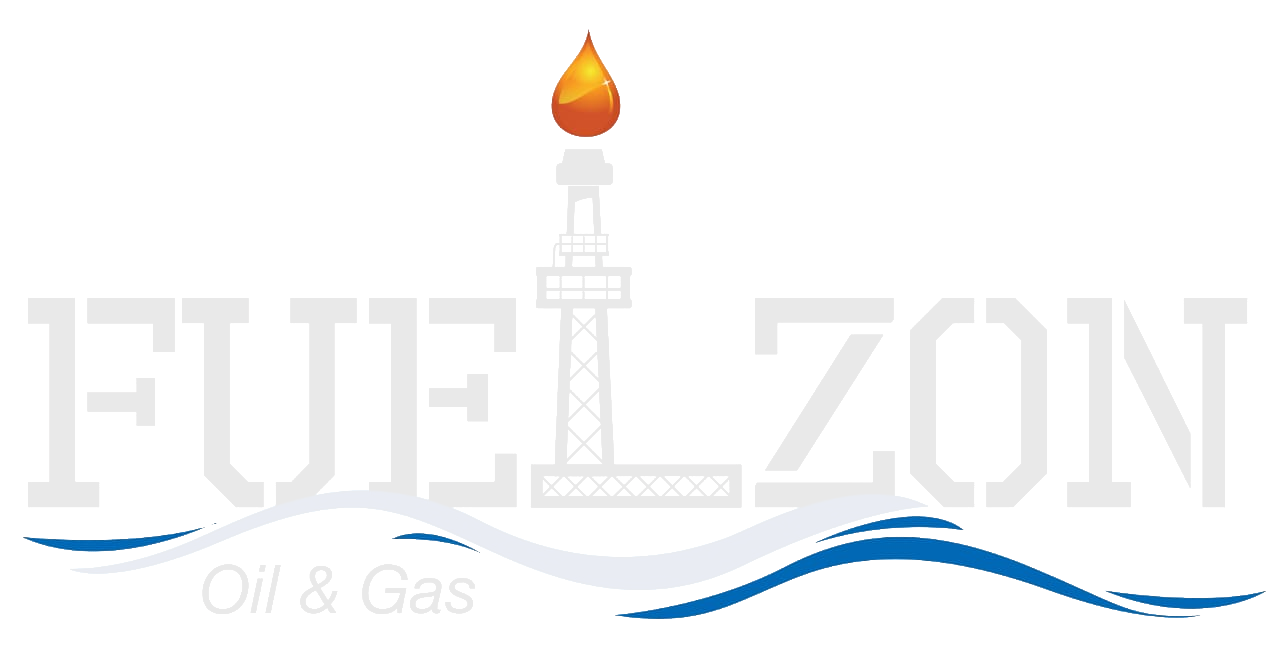Geopolitical Shockwaves: How the Iran–Israel Conflict Shaped Oil Prices and Supply Dynamics
The recent 12-day conflict between Iran and Israel sparked a brief but significant reaction in global oil markets. Yet, unlike past geopolitical flashpoints, the volatility was short-lived—underscoring the maturity and resilience of today’s energy trading landscape.
Price Reaction: A Fast Spike, Then a Faster Retreat
- Brent crude peaked at $81.40 on June 18, driven by initial fears of disruption in the Strait of Hormuz.
- As Iran’s retaliation remained symbolic and infrastructure was spared, prices swiftly dropped to $67 by June 25—lower than pre-conflict levels.
Key Insight: Traders quickly discounted risk once it became clear that physical supply routes were intact.
Product Markets Felt More Pressure
- Bunker fuel premiums rose as shipping risks were reassessed.
- Insurance and freight rates spiked briefly, especially for tankers in the Arabian Gulf.
- By late June, market calm returned as the ceasefire held and freight corridors remained secure.
Strategic Implications for Traders & Refiners
- Risk premiums are shorter-lived due to algorithmic trading and access to real-time intelligence.
- Physical fundamentals dominate once sentiment cools—emphasizing the need for disciplined pricing strategies.
- Supply route resilience will be an area of focus in H2 2025, especially for South Asia and East Africa-bound cargoes.
📊 Hedging in a Volatile World
In conflict-driven price swings, hedging strategies become critical for oil traders and refiners.
- Futures contracts offer price certainty—but may miss upside if markets correct quickly.
- Options strategies provide flexibility but come at a premium.
- Geography-specific risk (e.g., Hormuz chokepoint) is increasingly being factored into freight derivatives.
→ Tip: Consider short-dated puts during flash volatility events to protect downside without overcommitting.

